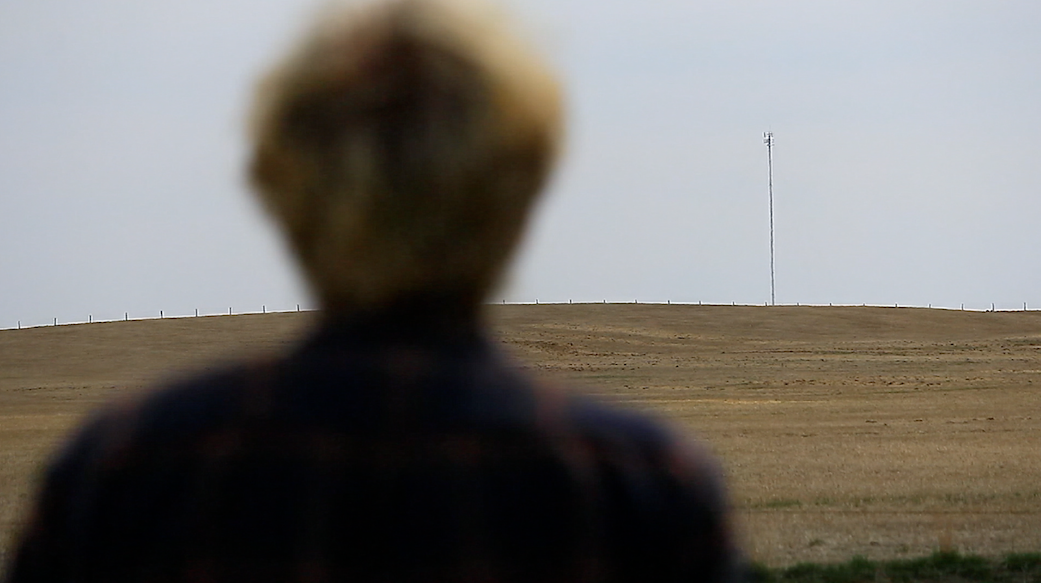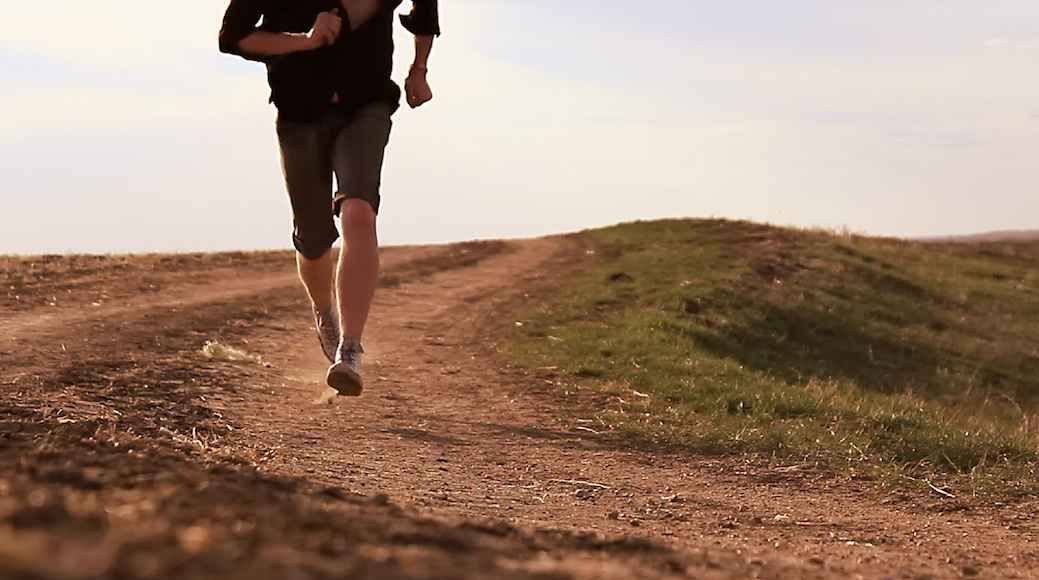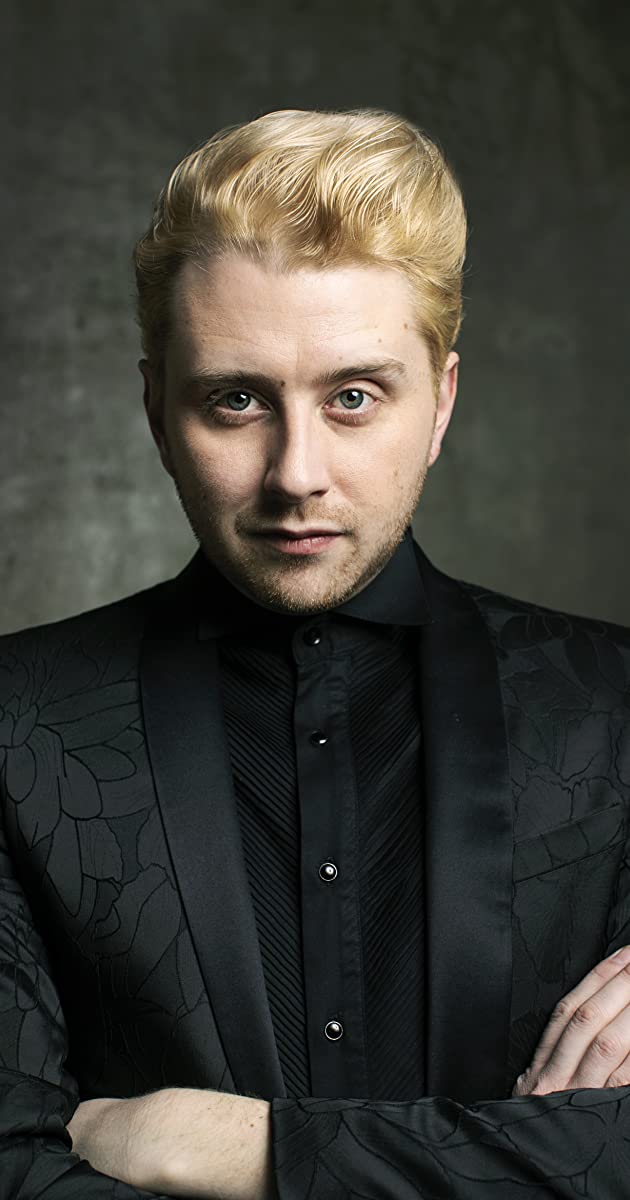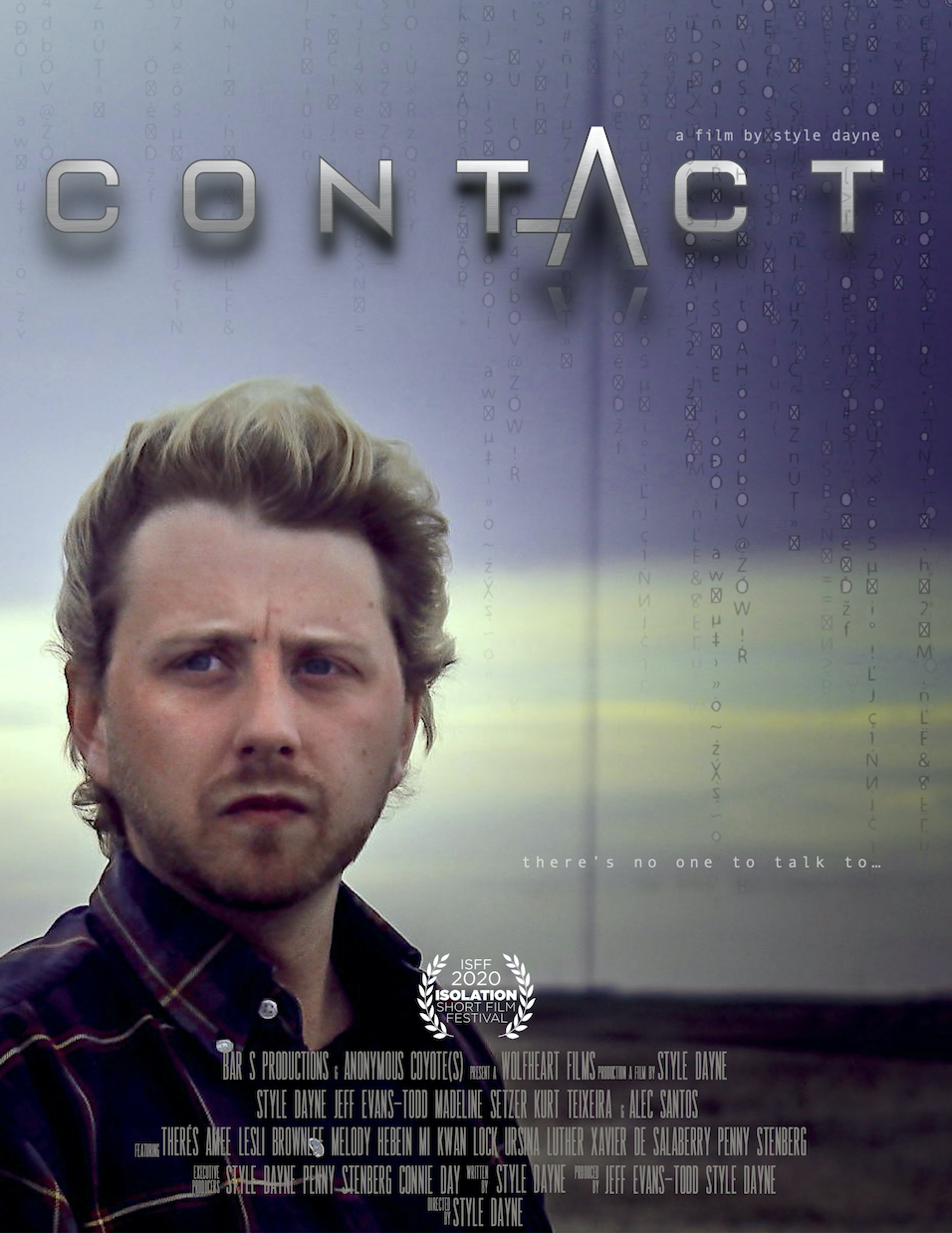There’s no denying that the Covid-19 pandemic has brought the film industry to a screeching halt. There are rumor and speculation about possible startups but nothing concrete…yet. However, there is a gamut of solo films sprouting up from the depths of the industry gallows that are very worthy of watching. The filmmakers are forced to think outside the box and utilize all their creative tools, but who doesn’t enjoy a challenge to showcase their filmmaking prowess.
One such filmmaker that rose to the challenge was Style Dayne. He jumped, skipped pounced and leaped at the opportunity to be a part of a unique filmmaking experience with only a 5-day window remaining until the deadline. The opportunity came in the form of the Isolation Short Film Festival with one requirement; it had to be filmed in your place of isolation by yourself. Style Dayne is an actor, a director, writer and producer and is probably best known for the pizza delivery guy in Deadpool. His company Bar S Productions has already produced a medley of films since it’s inception and Style is not slowing down anytime soon, even if Corona gets in the way; as this contest can attest to.
Style Dayne’s film Contact is a very cool, unique and entertaining 3 min. short film despite it’s limitations. It’s eerie, it’s mysterious and you won’t want to look away until the credits roll… but wait, maybe you should watch the credits too. I think you might be surprised at the talent attached to this film; Style put out an SOS to his creative community from across the globe and they came through in a big way. Contact was one of 800 submissions selected as an Official Selection of the ISFF, presented by Bell Media, Cineplex, ACTRA, Mann Casting & Stay At Home Heroes. I reached Style at his family’s cattle ranch in Saskatchewan, which is also where he made his film.
“There are no small roles just small actors”, said Konstantin Stanislavski. Dabbs Greer, a bit actor, once said, “Every character actor, in their own little sphere, is the lead.”
“This is a cool little film, what spawned the idea to make it?”
“I was late at night and I was sitting with my family in Saskatchewan, reading a script that a friend of mine had written. My family was watching etalk, which was doing a piece on The Isolation Film Festival. My ears perked up but not fast enough to grab the information, so I went online to do more research. The premise of the film festival is to produce a 3 minute film completely within in the confines of your personal space/isolation. This was on a Wednesday May 6 (laughter) and the deadline was Monday May 10th. Initially I didn’t think I’d brought any camera equipment with me but then realized I had indeed brought a production camera that shot in high-definition and I’d brought my editing equipment as well that I’d later use for colour correction. I spent the next 4-5 hours working on a script that worked within the confines of the family ranch and it sky-rocketed from there. What I wrote and what I shot, then edited turned out to be 3 completely different films. It had definitely shifted from the original. I’m actually blessed to have my family’s cattle ranch to play with and be creative because it’s literally thousands of acres of space. It’s Saskatchewan, where you don’t see another person for days and days (laughing).”
“Was this your first idea for the film or did you have others?”
“I think I had two concepts up in the air and I knew I wanted to showcase the isolation within Saskatchewan by using the grand horizons and the enormous space. All of those concepts stayed within that realm. They were all dramatic thriller/sci-fi ideas but with my idea for Contact, begged the question, ‘what lengths are we willing to go to have contact with someone?’ That’s when the idea of a young man escaping some unknown terror finds himself inside a bunker and finds an old communication device. He fixes the communicator in order to send messages. While I was writing the script I remembered that my parents had this tremendously tall cell phone tower on their property and I knew I had to incorporate it. It is the tallest landmark in their community and can be seen from 50-60 km’s away.”
“You played a phenomenal role in this convincing frightened character. Given your acting background and training, did you use a particular technique to help you in your performance?”
“I found using inner monologue helped a lot as well as a lot of imagination. Looking at where I was shooting, it was pretty easy to get into those situations. In the opening sequence where my character is running down a dirt road, it was pretty easy to get into the mind space of, ‘holy sh#t, I’m the only person alive and I’m running from an invisible terror!’ because when I looked around, there was literally nothing (laughing).”

Style adds that his imagination is a muscle that’s been groomed from the time he was young and raised in the prairies. Instead of video games, his playground was right outside and he was only limited by his imagination. He credits his parents for their encouragement in fostering him and his younger brothers creative imaginations. They’d wander into the Cooley’s and the prairies to feed their imaginations.
“Given your extensive theatre background, has that helped you to have stronger performances as a TV and film actor?”
“I feel like the biggest difference between film actors and theatre actors is, film actors are completely thrown into the world and have the luxury of an entire crew around to help them find their artistry with the option to ‘stop and try it again’. In theatre, you’re really confined to the stage, the set and the props you’re working with. You then need the artistic ability to recreate the entire world on the fourth wall. I think when theatre actors transition over to TV they do stand out because their acting muscles are so well worked that there is a different electricity. It’s a different kind of energy you’re putting out there. I love the feeling of being completely full of energy, life, story and narrative, but holding it in so you don’t blow up a camera lens (laughing).”
“How long did it take to shoot Contact?”
“I shot the majority of the external scenes on the Friday night. I started at 3:00 in the afternoon and wrapped at 10 pm. The next day I shot all the interior shots and everything inside the bunker as well as a few exterior shots I had missed the day before. In total I shot for 12 hours of production; it was more than I had anticipated because I thought I could shoot it all in one day. As the only person on set, I had to change my own lenses, move the camera, managing my own props as well as reviewing each shot to ensure it was in focus before moving onto the next one. I’d have to hit record, then run to my mark, which resulted in a lot of extra footage of me just running back and forth.”
“Did you make up a shot list before starting to shoot?”
“I did make one up the night before and also the day of. I also did some storyboarding to ensure I knew which frames I wanted. Sometimes things would change if I saw something interesting that would look good in the shot. There’s a lot of footage that didn’t make it into the final edit (laughing). The very first pass on the edit turned out to be 9 minutes.”
“You had multiple people work on this film from around the world. Can you expand on what that entailed?”
“New York, LA, Paris, Germany, northern British Columbia, The Gulf Islands and a few people in Vancouver. The producer Jeff Evans is a close friend of mine and jumped on board to help me with some of the sound design. He had this great idea to incorporate as much realistic human audio as possible into the sound mix. That was when I decided to reach out to my community of talented artist’s that I know. I’m so grateful that I had so much talent help out from across the globe. They were able to send me some voiceover clips that I was able to utilize in the sound mix. I was also working some graphic designers in Toronto and the east coast to help me with colour correction. There was an entire team that came together in the 11th hour to pull it all together. I’m super thrilled that I had a large cast; I believe there were 12 different people that had helped to make this film from the confines of isolation. It was such a global collaboration, that I’m just so proud of it.”
“Before Covid happened, you’ve acted in a multitude of films and television. Do you have a preference for a specific genre?”
“As an actor I love comedy. Working with Ryan Reynolds on Deadpool was an absolute blessing. That set was geared toward so much comedic behavior, there was so much room to play. I love the high energy and the higher stakes in comedy acting but I do feel like I’m both a comedic and dramatic actor (laughing), just ask any of my friends. I don’t want to go to work and cry all day, I want to go to work and laugh all day, so let’s do that instead. As a producer, I’d have to say that there’s more sci-fi on my resume than other genres. I’m drawn to sci-fi because there are no limits to our creative abilities in sci-fi and so much unknown out there that we can tap into. I’m also drawn to thrillers for some strange reason. I love the intensity of it and the ‘being on the edge of your seat’ type of storytelling.”

Style wanted to add, his company Bar S Productions and another company Anonymous Coyote’s that he’s associated with, has a strong mandate to make films that have a societal impact and change viewpoints. He’s not a believer of creating stories or narratives that don’t ruffle feathers, in a good or bad way and wants people to have an emotional reaction to the projects he’s involved in. He wants to create compelling narratives that change people’s viewpoints. Creating a change in someone is why he makes films.
The movie will be streamed live from Toronto on May 23 via YouTube with 29 other Canadian films shot in isolation followed by an ASL version available on June 8.
“One fun question before I let you go. You’re stranded on an island by yourself but your cell phone has survived with you. Unfortunately, there are only 2 numbers saved on it. Which 2 numbers are you hoping to see saved?”
“Definitely my mom. She pushes my creative abilities further than anyone else, even when it comes to tying my shoes, she’ll say, ‘why don’t you try tying them another way today (laughing). She’s also the only one that can easily talk me off a cliff and into positive thinking. The second… would probably be my friend and co-creator Brittany Wilson, an actress in Vancouver. She and I can get into these laughter fits that go on and on, even in the darkest of times.”
The ISFF was live streamed on Youtube on May 23rd and an ASL version was added on June 8th.


